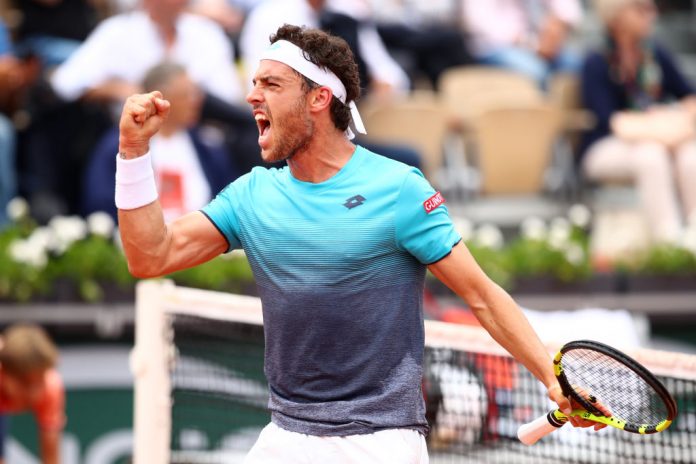By Michael Mewshaw
Picture this: The Warriors are playing the Cavaliers in Cleveland in the NBA finals and the World Champions have fallen behind in the fourth quarter. But suddenly the basketball rulebook gets jettisoned and the Warriors are given 20 seconds to get the ball over the 10-second line. Then they are allowed 40 seconds, not 24 to shoot the ball. This happens not once or twice, but every time down court for an entire period.
Remarkably nobody at the scorer’s table takes notice of this constant shot-clock violation. Nor do the on-court officials stop play and award the ball to the opposing team. As for the TV commentators and print journalists, they stay stone silent, concentrating instead on the Warrior’s pinpoint passing and graceful transition game.
No, it’s not possible to picture this at all. Under the scrutiny of thousands of fans at the arena and millions of television viewers around the world, somebody would be bound to object and hold the Warriors to account.
Yet this incredible scenario plays out over and over in pro tennis where the rule allows for only 25 seconds between points. This isn’t supposed to change when a competitor gets tired or tense, or the score is tight or someone wants to towel off. The Code of Conduct demands that play be continuous. Stalling is not just a tut-tut offense against fair play. It’s cheating. After an initial warning, an umpire is supposed to take away a violator’s first serve. After that, each violation calls for a point penalty.
The rule is rarely enforced, even at Grand Slam tournaments and especially not against the game’s top stars. Rafa Nadal is a serial malingerer, fretting and fidgeting away as much as a minute between first serves. His routine of nervous twitches has become as recognizable as his hallmark muscles. Some observers have sympathetically said that he may suffer an obsessive-compulsive disorder. Others – a minority – have remarked that Rafa’s faffing about after extended baseline exchanges or before crucial points may be more calculated than the Spaniard will admit. These mini-breaks give him a chance to catch his breath and put his opponent off his rhythm.
Low-level grumbling against Rafa hasn’t pushed him to quicken his stolid pace. And because umpires seldom enforce the rule against time code violations, many players follow the Number One Spaniard’s laggardly example. In the memorable quarterfinal between Novak Djokovic and Marco Cecchinato, the Italian hung on to beat the Serb in a fourth-set tiebreak which some have called the most exciting of all time. Perhaps it was that excitement that blinded the umpire, the press and spectators to Djokovic’s constant stalling. Starting at three points apiece, Nole never served within the mandatory 25 seconds. Wandering around the back court like an Aborigine enjoying a “walkabout,” then bouncing the ball more than a dozen times, he forced Cecchinato to cool his heels while the clock clicked away 45 seconds or more. During changeovers, Djokovic lollygagged for over a minute before resuming play.
In the end, the tie-break contained more down time than action. No wonder there have been calls by TV networks to change the scoring system to no-ad, no let. Sponsors and spectators are short on patience and even shorter on attention spans. But there really is no justification for changing the rules when tennis could start enforcing the ones already in the Code of Conduct.
Michael Mewshaw is the author of 21 books. Ad In Ad Out, a collection of his tennis essays, is now available as an e-book.



















